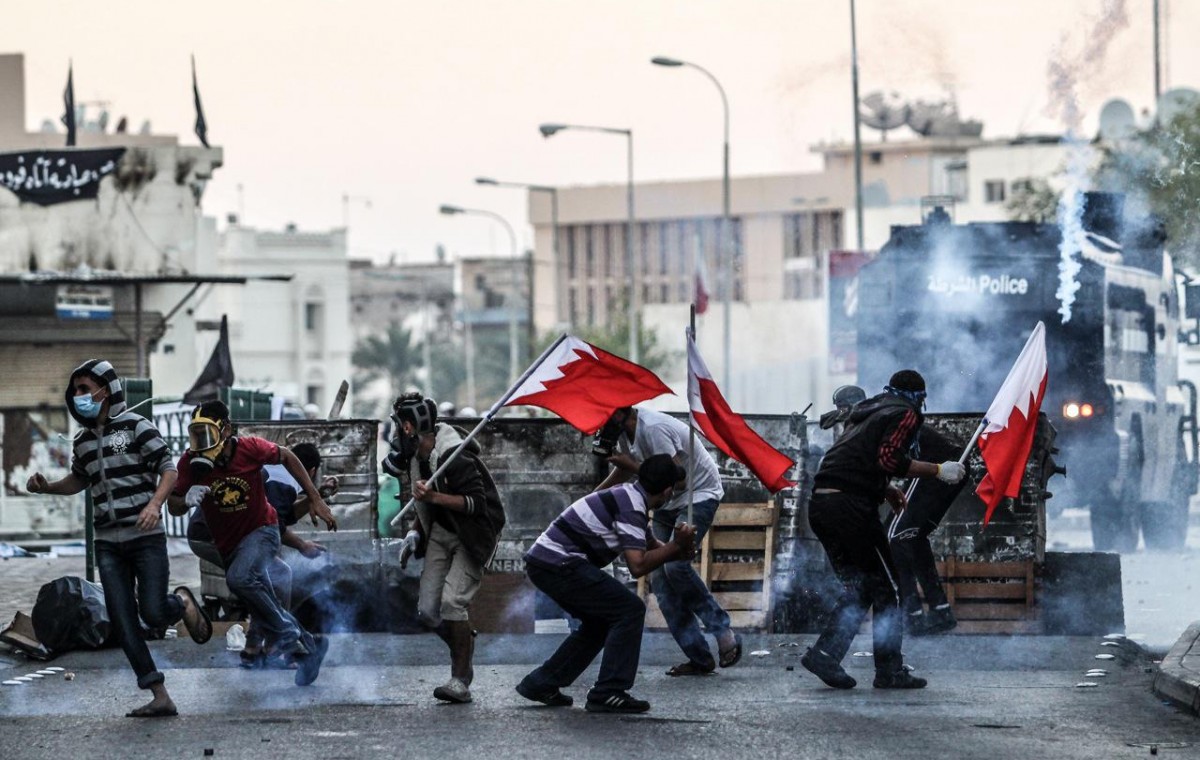Seeing Auschwitz is a timely reminder of the importance of documenting atrocities
The exhibition Seeing Auschwitz, which opened recently in South Kensington, London, focuses on the images which play a large part in our collective perception of the Holocaust. What makes the images in this exhibition unique is that they were predominantly taken by the perpetrators of the Holocaust.
A focus of the exhibition is to try and humanise these images. Blown up large, we are invited to study the small detail for any stories we can see. A farewell embrace, children laughing, a gaze up to the sky.
The pictures in the exhibition were taken over a three-month period in 1944. The clear, more polished photos taken by the Nazis are juxtaposed by a section of the exhibition which shows several snatched photos taken by the Sonderkommando (work units made up of death camp prisoners). One of the photos (it’s not known how they accessed a camera) shows a group of women being forced naked, a hurried snapshot of terror. Drawings made after the war by one of the Sonderkommando gives an insight into the horror of the gas chambers.
One interesting photo is taken by neither perpetrator nor victim. The image, taken by a 14-year-old boy from his bedroom window, shows inmates from Dachau on a death march through his village. It places the horrors of the concentration camp, very rarely, in a normal, suburban setting.
The exhibition reminds us that, with around two million visitors per year, Auschwitz itself isn’t the only place we can understand what happened there. It can also be ‘seen’ in the void - the absence of large Jewish populations, common in towns and cities throughout Europe before the Second World War, which signifies whole generations of people who will never be born.
Attempts to destroy evidence of the Holocaust by the Nazis failed overall. Aside from antisemitic and right-wing conspiracy theorists, the world is clear about what the Holocaust was, and who the perpetrators were.
Similar efforts to bear witness to atrocities continue today. In March 2022, at least 458 people were killed in and around the town of Bucha in Ukraine by the invading Russian Army, which Russia’s UN envoy denied and claimed was a ‘staged provocation’. Journalists and civilians alike collected evidence to prove that was a falsehood. Elsewhere it is not so easy. In a chilling echo of the Holocaust, around five years ago there were reports that China was building internment camps for its Uyghur population, a mainly Muslim ethnic minority living in the far north western region of the country. The Chinese Foreign Ministry publicly denied there was a genocide in 2021; reporters are rarely allowed into the region where the genocide is taking place and when they are, they are often followed and/or their press trips tightly controlled. Those who have left the region are subject to harassment and intimidation, as we reported in our Banned by Beijing report. Still, a growing network of brave individuals are speaking out, journalists are working hard to obtain information and a clear picture of what is taking place is emerging.
Like Sydney Silverman did in 1942, it’s important for organisations like Index on Censorship to pressure those in power to take action against human rights abuses, to support those who are on the frontlines of gathering information and to also fight back against denial in spite of evidence. In an age of misinformation and disinformation, the fear is that evidence of atrocities, like the Bucha and Uyghur genocides, become distorted from the side of the perpetrator. Seeing Auschwitz reminds us to look deeper into what we’re viewing.


